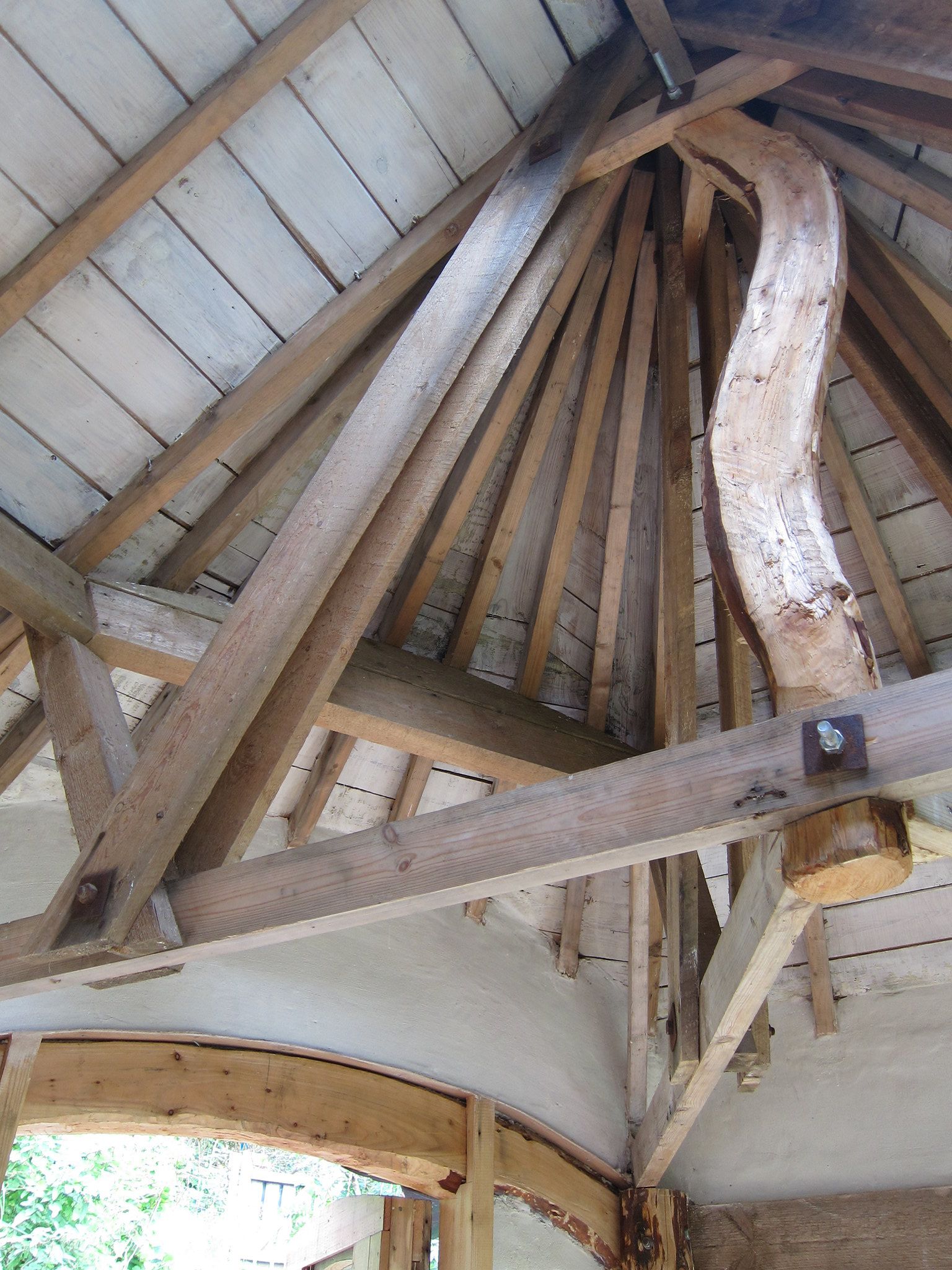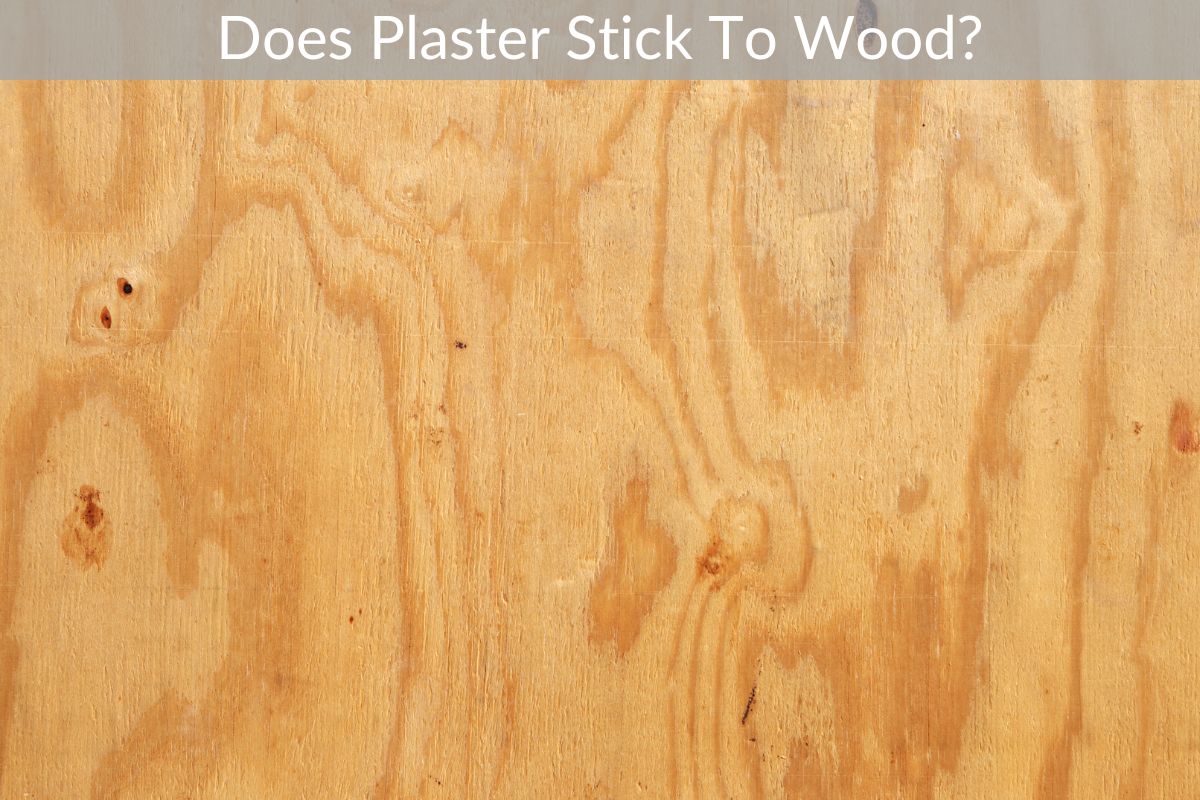If you’ve ever wondered, “Does plaster stick to plywood?”, you’re in the right place! Plaster is a versatile material used for finishing walls and ceilings, but its adhesion to different surfaces can vary. In this article, we’ll explore whether plaster can stick to plywood and provide you with useful insights.
Now, you might be thinking, “Why would anyone want to plaster plywood?” Well, sometimes plywood is used as a substrate for various projects, like creating decorative panels or building custom furniture. The idea of plastering plywood might arise when you want to achieve a smoother, more finished look. So, let’s dive into the question of whether plaster can bond effectively with plywood.
When it comes to adhesive properties, plywood poses a unique challenge due to its smooth and non-porous surface. However, with the right preparation and techniques, it is definitely possible to make plaster adhere to plywood. In the following sections, we’ll explore the steps you can take to ensure a good bond between plaster and plywood, and discuss some alternative options to consider. So, let’s get started and discover how to make plaster stick to plywood like a pro!
- Clean the plywood surface thoroughly, removing any dirt, dust, or grease.
- Apply a bonding agent or primer specifically designed for plastering onto the plywood.
- Mix plaster according to the manufacturer’s instructions.
- Apply a thin coat of plaster onto the primed plywood surface.
- Allow the plaster to dry completely before applying additional coats or finishing touches.
By following these steps, you can achieve a durable and long-lasting plaster finish on plywood.

Does Plaster Stick to Plywood?
Plaster is a versatile material commonly used for wall finishes and repairs. However, when it comes to applying plaster on different surfaces, the question arises: does plaster stick to plywood? Plywood, with its smooth surface and multiple layers, can pose challenges for proper adhesion. In this article, we will explore the factors that affect the adherence of plaster to plywood and provide tips to ensure a successful application.
Understanding the Plywood Surface
Plywood is made by gluing together thin layers of wood veneer, creating a sturdy and durable material. However, the smoothness of plywood can make it difficult for plaster to adhere effectively. The surface of plywood lacks the texture and porosity that allows plaster to bond securely.
To improve the bond between plaster and plywood, it is essential to prepare the surface properly. Sanding the plywood with fine-grit sandpaper helps create a slightly rough texture that promotes adhesion. Additionally, ensuring the plywood is clean and free from dust, grease, or any other contaminants is crucial for a successful plaster application.
Priming the Plywood
One effective way to enhance the adherence of plaster to plywood is by priming the surface. Primers act as a bonding agent, creating a suitable base for the plaster to adhere to. When selecting a primer for plywood, it is important to choose one that is compatible with both the plywood and the plaster. Water-based acrylic primers are often recommended for this purpose.
Before priming, it is important to ensure that the plywood surface is properly cleaned and prepared. Use a gentle cleaner or mild detergent to remove any dirt or grease. Once the surface is clean, apply the primer evenly using a brush or roller. Allow the primer to dry completely before applying the plaster.
Types of Plaster Suitable for Plywood
Not all types of plaster are suitable for application on plywood surfaces. Some plasters require a rougher and more porous surface to adhere effectively. However, there are specific types of plaster that are designed to adhere well to smooth surfaces like plywood.
One such type of plaster is gypsum-based plaster. Gypsum plaster is known for its excellent adhesion properties and its ability to bond to different surfaces, including plywood. It is important to choose a gypsum plaster that is specifically formulated for use on smooth surfaces and follow the manufacturer’s instructions for application.
When applying the plaster, it is advisable to work in thin layers and allow each layer to dry before applying the next. This helps ensure a stronger bond and prevents the buildup of excess moisture, which can lead to cracking or peeling of the plaster.
Additional Considerations for Plastering Plywood
1. Surface Preparation
Proper surface preparation is crucial for ensuring good adhesion of plaster to plywood. In addition to sanding and priming, consider using a bonding agent or adhesive promoter to further enhance the bond between the plaster and plywood.
2. Moisture and Humidity
Excessive moisture or humidity can adversely affect the adherence of plaster to plywood. Before applying the plaster, ensure that the plywood is dry and that the surrounding environment has optimal humidity levels. Moisture barriers, such as a vapor barrier paint or sealant, can be used to minimize moisture penetration.
3. Cracks and Imperfections
Before plastering, inspect the plywood surface for any cracks, holes, or imperfections. Repair them using an appropriate wood filler or patching compound to ensure a smooth and uniform surface. These repairs should be completed and allowed to dry before applying the plaster.
4. Maintenance and Protection
Once the plaster has been successfully applied to plywood, it is important to maintain and protect the surface to ensure its longevity. Regular cleaning and proper maintenance will help prevent damage and preserve the integrity of the plastered plywood.
Conclusion
In conclusion, plaster can stick to plywood with the right preparation and application techniques. By properly sanding, cleaning, and priming the plywood surface, you can create a suitable base for plaster adhesion. Additionally, using a gypsum-based plaster designed for smooth surfaces and taking care of factors such as moisture, cracks, and maintenance will contribute to a successful plaster application on plywood. With these considerations in mind, you can confidently use plaster on plywood and achieve a durable and aesthetically pleasing finish.
Key Takeaways: Does Plaster Stick to Plywood?
1. Plaster does not typically stick well to plywood due to its smooth and porous surface.
2. Before applying plaster to plywood, it is essential to prepare the surface properly by applying a bonding agent or primer.
3. Using a textured paint or wallpaper can be a better alternative to achieve a desired finish on plywood.
4. The use of a backing material such as mesh or sheetrock before applying plaster can help improve adhesion.
5. Consulting with a professional or doing a patch test is recommended to determine the feasibility of plaster on plywood.
Frequently Asked Questions
Curious about whether plaster sticks to plywood? Check out these commonly asked questions to learn more!
Can you apply plaster directly to plywood?
No, it is not recommended to apply plaster directly to plywood. Plywood is a smooth surface that does not provide the necessary grip for the plaster to adhere properly. Plaster is typically used on surfaces with more texture, such as drywall or a base coat of cement render. To achieve a consistent and durable finish, it is best to prepare the plywood surface before applying plaster.
To prepare the plywood for plastering, start by applying a layer of primer or a bonding agent. This helps the plaster adhere to the surface more effectively. Additionally, consider adding a layer of mesh or wire lath over the plywood to provide extra support and prevent cracking. By taking these steps, you can create a suitable surface for plaster application on plywood.
What can I use to make plaster stick to plywood?
To make plaster stick to plywood, you can use a few different methods. One option is to prepare the plywood surface with a layer of primer or a bonding agent. This helps create a stronger bond between the plywood and the plaster. Another method is to use a mesh or wire lath. This provides additional texture and support for the plaster, allowing it to adhere better to the plywood surface.
Before applying the plaster, make sure the plywood is clean and free from any loose debris. You can also dampen the surface slightly to improve adhesion. By using these techniques, you can enhance the bond between plaster and plywood, ensuring a better overall finish.
Is there a specific type of plaster that works best on plywood?
When it comes to choosing a plaster for plywood, it is important to select the right type for optimal results. Generally, a gypsum-based plaster is recommended for application on plywood surfaces. These plasters are known for their excellent adhesion properties and can provide a smooth and durable finish on plywood. Look for plasters that are suitable for interior use and have good bonding characteristics.
Before applying any plaster, always check the manufacturer’s instructions to ensure compatibility with plywood. This will help you choose the best plaster for your specific project and ensure that it adheres properly to the plywood surface.
Can I skip priming the plywood before plastering?
It is not advisable to skip priming the plywood before plastering. Priming helps create a bond between the plywood and the plaster, improving adhesion and preventing cracking or peeling. Without proper priming, the plaster may not stick well to the plywood surface, leading to a less durable and less visually appealing finish.
Applying a layer of primer or a suitable bonding agent will help seal the surface of the plywood and create a better surface for plaster adhesion. This step is essential for achieving a high-quality plaster finish on plywood.
Are there any alternatives to plaster for plywood surfaces?
If you’re looking for alternatives to traditional plaster for plywood surfaces, there are a few options to consider. One alternative is using drywall compound or joint compound, which can be applied over a layer of joint tape or mesh. These compounds are designed for use on drywall but can also adhere well to plywood.
Another alternative is using veneer plaster or plasterboard. These products are specifically designed for use on plywood surfaces and provide a smoother finish compared to traditional plaster. They are available in pre-made sheets or panels, making installation easier and faster.

Summary
So, does plaster stick to plywood? The answer is yes, but it requires some preparation. First, make sure the plywood is clean and free of dust. Then, apply a primer specifically designed for plywood. After that, you can apply the plaster and let it dry. Just remember, it’s important to follow the instructions on the plaster product for the best results.
In conclusion, while plaster can stick to plywood, it’s essential to prepare the surface properly by cleaning it and using a primer. By following these steps, you can achieve a smooth and durable plastered finish on plywood.
